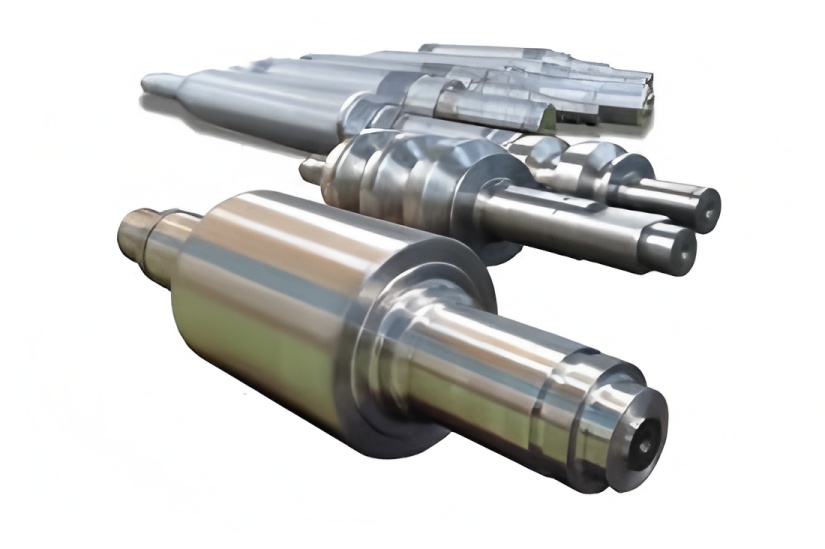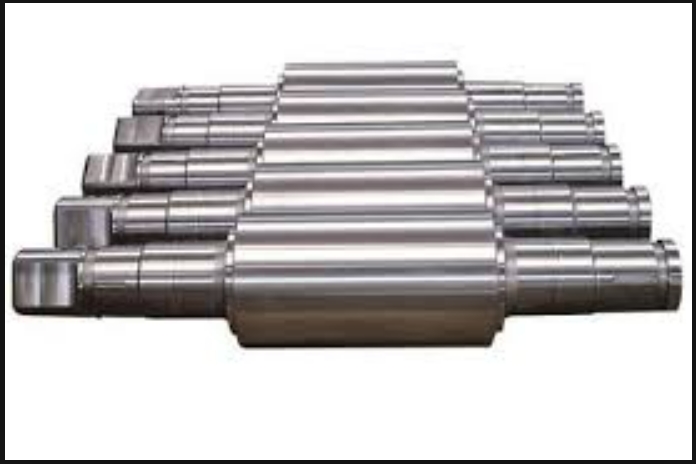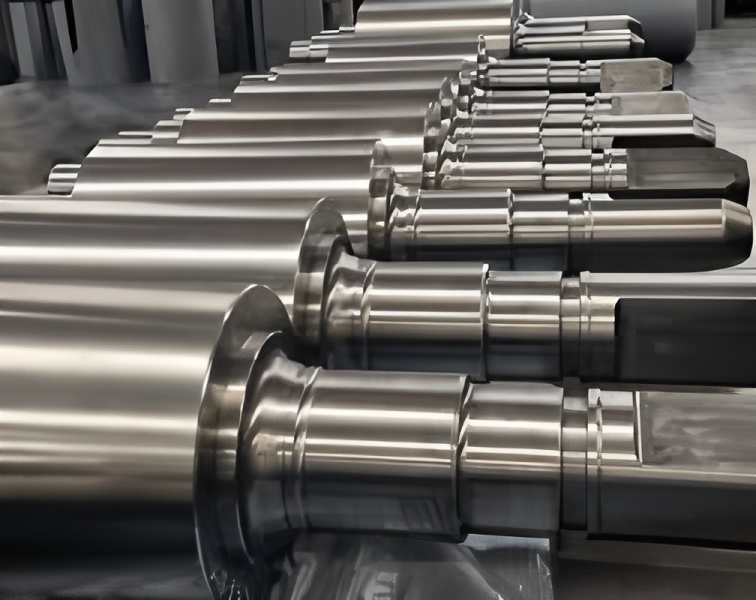Keywords: HSS rolls
HSS ROLLS Manufacturer
From the perspective of technological development in steel rolling, the primary goals remain enhancing product quality, increasing rolling efficiency, and reducing production costs.
Taking strip rolling as an example, processes such as cross rolling, roll bending, multi-stand mills, low-temperature heavy-reduction rolling, and continuous casting and rolling place higher demands on roll wear resistance, strength, and toughness.
Since the late 1980s, cast high-speed steel rolls have been developed and applied internationally in various areas including finishing and roughing sections, pipe mills, and pre-finishing stands of high-speed wire rod mills, demonstrating significant advantages.
Main Advantages of High-Speed Steel Rolls
Compared with traditional steel rolls, high-speed steel rolls offer outstanding wear resistance at both room and elevated temperatures. They also exhibit high hardness, excellent red-hardness, and remarkable thermal crack and accident resistance.
Microstructurally, these rolls consist of MC and M₆C carbides embedded in an austenitic matrix. Both MC and M₆C provide exceptional hardness, while the austenite matrix ensures high thermal stability. Multiple alloying elements contribute to the precipitation of dispersed carbides during tempering, leading to secondary hardening. This raises the martensite decomposition temperature, resulting in superior hardness retention.
HSS rolls are highly adaptable, improving both product quality and service life. They are suitable for hot strip continuous finishing mills and the non-scheduled rolling of various strip materials, allowing full utilization of their advantages.

Analysis of HSS Roll Manufacturing Technologies
2.1 Centrifugal Casting
The key feature of this method is the sequential pouring of the outer layer and core material into a rotating mold. Critical parameters include centrifugal rotation time, pouring interval, temperature control, and preventing element segregation and interface oxidation.
2.2 Continuous Casting Composite (CPC) Forming
This method involves placing the roll core into a water-cooled mold and pouring molten high-speed steel into the gap between the carbon steel mandrel and the mold. The core and outer metal are fully bonded, solidifying bottom-up, with the solidified section continuously withdrawn to form the roll.
2.3 Electroslag Remelting (ESR)
In ESR, a water-cooled mold is placed around a high-strength alloy steel core. A consumable electrode made of HSS or semi-HSS is positioned between the mold and the core. After melting, the electrode material fills the gap, forming the outer layer.
2.4 Liquid Metal Electroslag Welding (ESSLM)
This process involves inserting a mandrel (core) into a crystallizer coaxially. The gap between them defines the outer layer thickness. Molten slag is poured into this gap to form a slag pool that preheats the mandrel surface. Molten HSS is then poured continuously or in a programmed manner. As the steel passes through the slag, it is refined, fuses with the mandrel, and solidifies under cooling to form a composite layer. The solidified portion is continuously withdrawn while additional molten steel is supplied until the desired length is achieved.
Process Improvements in HSS Rolls
3.1 Improving Core Strength Reduction During Heat Treatment
To enhance the wear resistance of the outer layer, increasing the quenching temperature is essential. However, for composite HSS rolls with a high-strength ductile iron core, temperatures above 1250°C can coarsen the core structure or cause local melting, reducing strength and increasing breakage risk. A sub-temperature heat treatment process developed internationally—though not detailed in public reports—should be adapted domestically. New processes should eliminate high-temperature quenching while maintaining high core strength, be easy to implement, energy-efficient, and low-pollution. Surface induction hardening, which is convenient and minimally affects core strength, is a feasible approach. A double-inductor quenching process is recommended to ensure hardened layer depth.
3.2 Enhancing Bonding Strength Between Core and Outer Layer
In traditional centrifugal casting, ductile iron is often used as the core material. However, graphite precipitation in the core and certain elements in the HSS outer layer can cause chill formation, leading to graphitization degradation at the interface. This increases brittleness and may cause spalling. When using cast steel as the core—which has a higher melting point than HSS—fusion defects can occur during pouring, weakening the joint. Introducing an intermediate layer (preferably graphite steel) between the core and HSS material improves interfacial bonding and enhances the overall integrity of the composite roll.

3.3 Mitigation of Casting Cracks
The high content and variety of alloying elements in HSS reduce thermal conductivity, leading to uneven cooling, increased residual stress, and element segregation during solidification. Phase transformation asynchrony further raises stress, promoting cracking. To minimize these defects, molten steel modification is necessary. Solutions include using a dual-layer coating (insulating and refractory) and optimizing centrifugal rotation speed during pouring to reduce stress and prevent crack formation.


